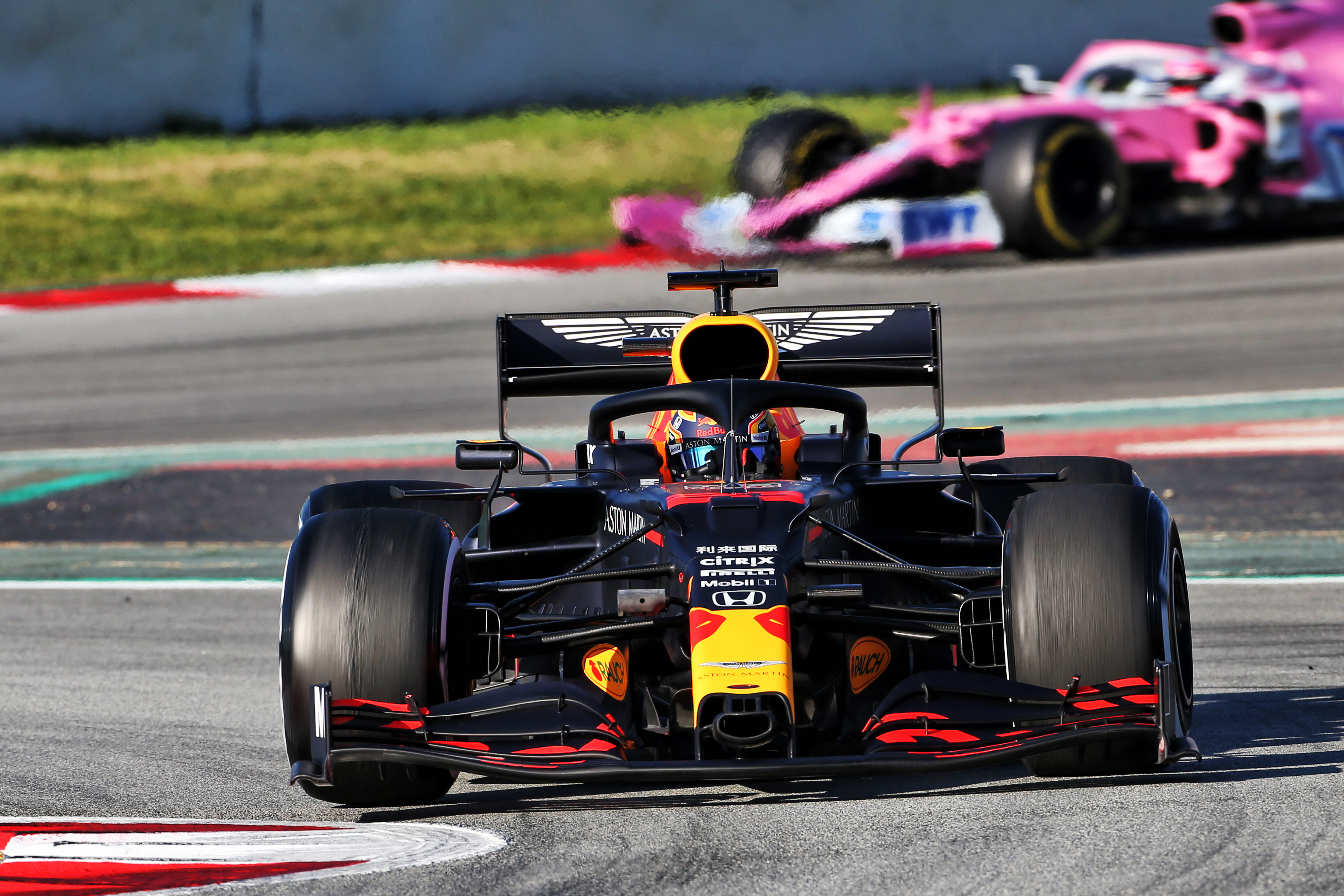Up Next

A new technical directive on the eve of the season, triggered by a query from Red Bull, looks likely to force Mercedes into modifying the rear brake ducts of its new W11.
This is within a backdrop of Red Bull’s frustration with Mercedes’ DAS toe-adjustment system, a new technology that Red Bull cannot incorporate into the repacked front end of its 2020 contender, the RB16.
Meanwhile, as Red Bull has tasked its lawyers with looking at the legality of the DAS system, it has further queried the FIA about the Merc’s rear brake ducts.
These were also queried on the Mercedes W10 last year by Ferrari. There is a prescribed area for the brake duct inlets. But on the Mercedes, above the regular inlet alongside the wheel’s inner face, there is an additional triangular inlet, rising well above the prescribed area.
This is what Ferrari queried last year, but which the FIA declared to be legal on the grounds that Mercedes was able to show that the triangular inlet did not feed air to the brakes.
Rather it fed the air between the drum surrounding the brakes and the wheel rim, in order to cool the wheel rim and thereby control tyre temperatures.

But this time Red Bull has presented its query in such a way as to convince the FIA to issue a new technical directive (TD014/20), prohibiting the use of air shafts at all in any area 160mm above the centre line of the wheel – regardless of whether the shaft is for cooling brakes, rims or tyres.
This encompasses the triangular intake on the Mercedes.
Red Bull’s repackaging of its front end – specifically the moving of the steering mechanism behind the bulkhead rather than on front, as is the convention – has allowed the RB16 its new slimline nose.
But in the process, it also looks to make unfeasible the incorporation of Merc’s new DAS technology which appears to use hydraulic cylinders linking the steering mechanism to the tie rods directly below that control the toe angle.
On the Red Bull, the steering mechanism is no longer directly above the tie rods, but set back.



